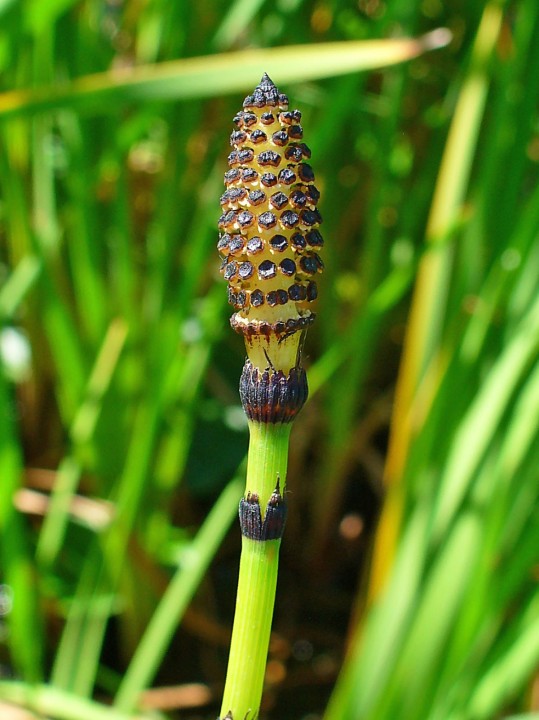
The Healing Potential of Homoeopathic Equisetum Hyemale
Equisetum Hyemale, also known as rough horsetail or scouring rush, is a perennial plant that belongs to the Equisetaceae family.
This prehistoric plant has a unique appearance, with jointed, hollow stems that resemble bamboo shoots.
Historically, it has been used for various purposes, including polishing and scouring due to its abrasive texture.
In the world of homoeopathy, Equisetum Hyemale is prepared as a remedy through a process of serial dilution and succussion (vigorous shaking), rendering it safe and potent for therapeutic use.
The Healing Tradition of Equisetum Hyemale
Equisetum Hyemale has a rich history of use in traditional herbal medicine, dating back to ancient civilizations such as the Greeks and Romans.
Historically, it was employed for its potential therapeutic benefits, including:
Urinary Health: Equisetum Hyemale was used to address urinary tract issues, including infections, inflammation, and symptoms like frequent urination and burning sensations.
Wound Healing: The plant's abrasive texture made it useful for cleansing and treating wounds and skin conditions.
Bone Health: Some traditional practices utilized horsetail for its high silica content, which was believed to support bone and connective tissue health.
Homoeopathic Application
In homoeopathy, Equisetum Hyemale is primarily indicated for urinary tract symptoms and conditions. It is particularly suited to individuals experiencing the following:
Urinary Tract Infections (UTIs): Homoeopathic Equisetum Hyemale may be recommended for individuals with UTIs characterized by frequent urination, burning sensations, and discomfort, especially when these symptoms are exacerbated by movement.
Enuresis (Bedwetting): It is sometimes considered for nocturnal enuresis in children or adults where there is an inability to control urination during sleep.
Bladder Irritation: Equisetum Hyemale may be prescribed for conditions involving bladder irritation, such as interstitial cystitis, where there is a constant urge to urinate and pain in the lower abdomen.
Kidney Stones: Some practitioners suggest Equisetum Hyemale for addressing the discomfort associated with kidney stones or the potential prevention of stone formation due to its supposed ability to aid in the elimination of waste substances.
Conclusion
Homoeopathic Equisetum Hyemale, derived from the ancient horsetail plant, has a historical background in traditional medicine and a specific focus on urinary tract health.
If you are considering homoeopathic treatment, consult with a trained homoeopath to determine if Equisetum Hyemale or any other remedy is suitable for your specific health concerns.
Dr Mahima Rastogi
Homoeopath